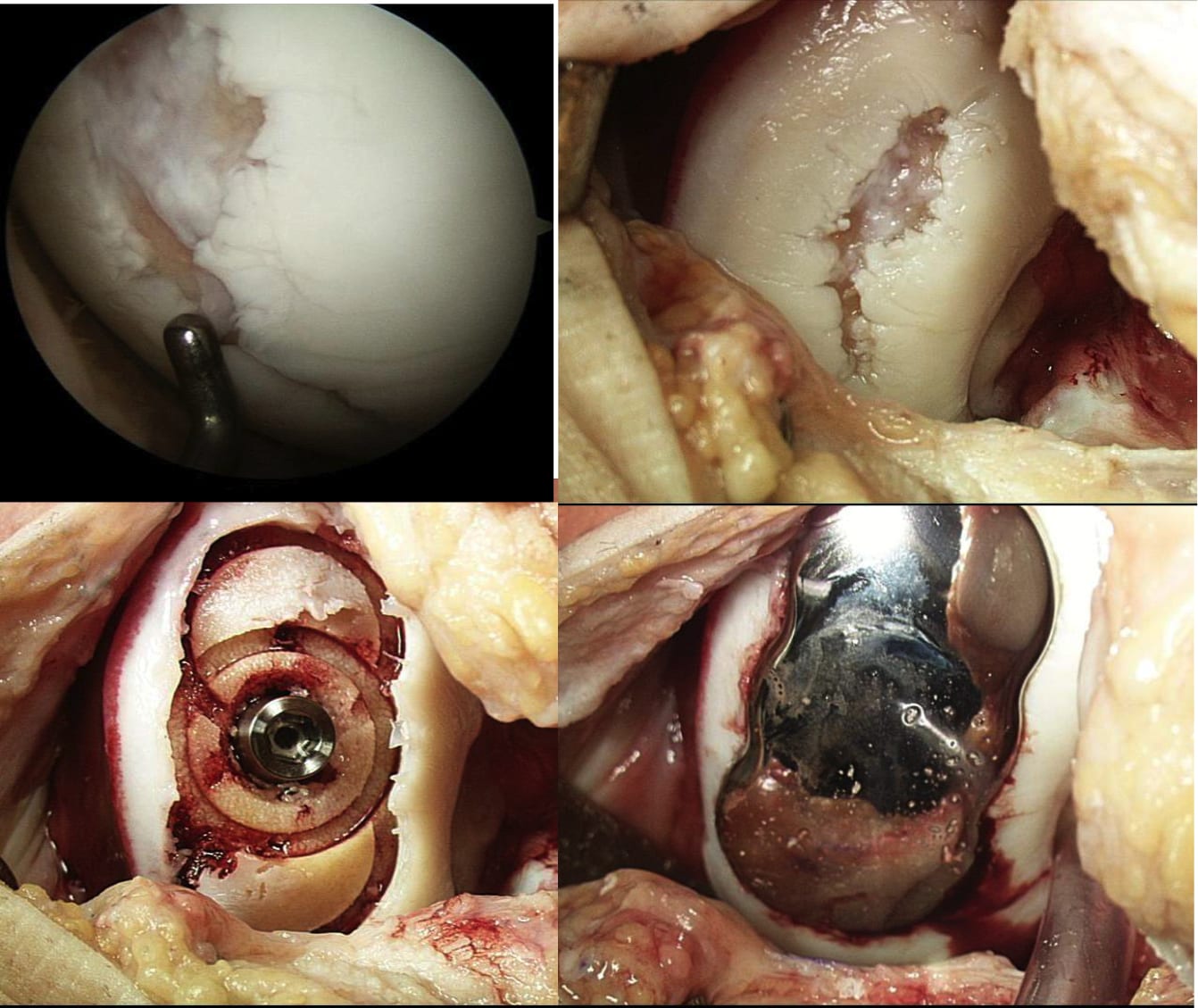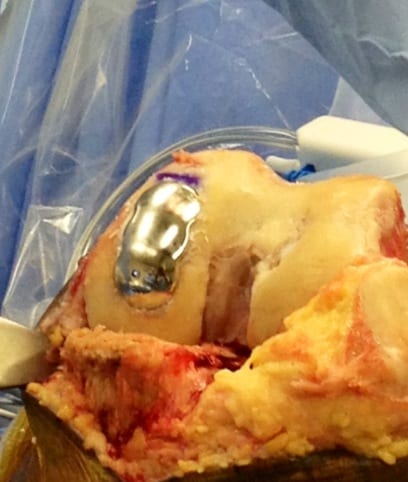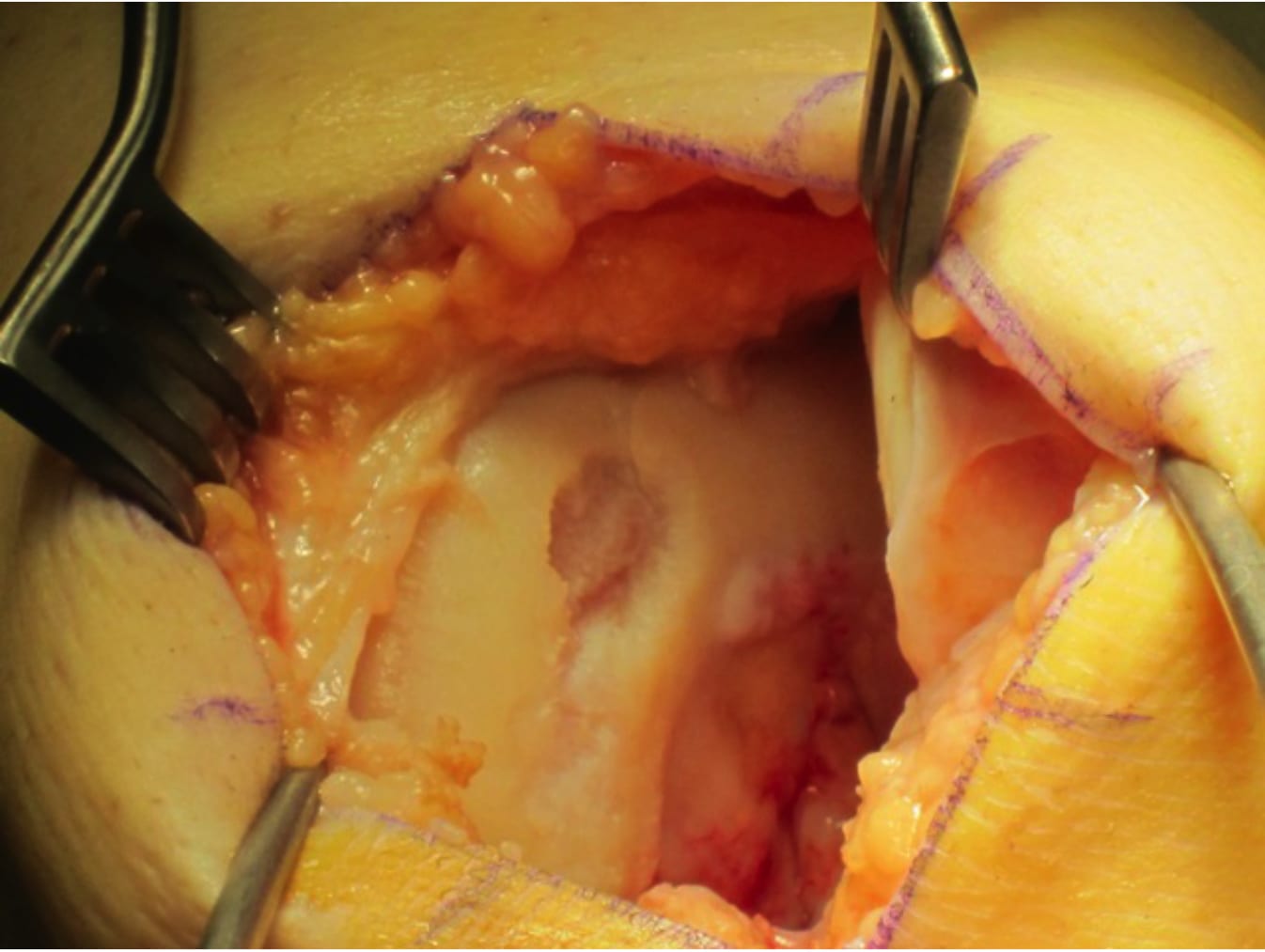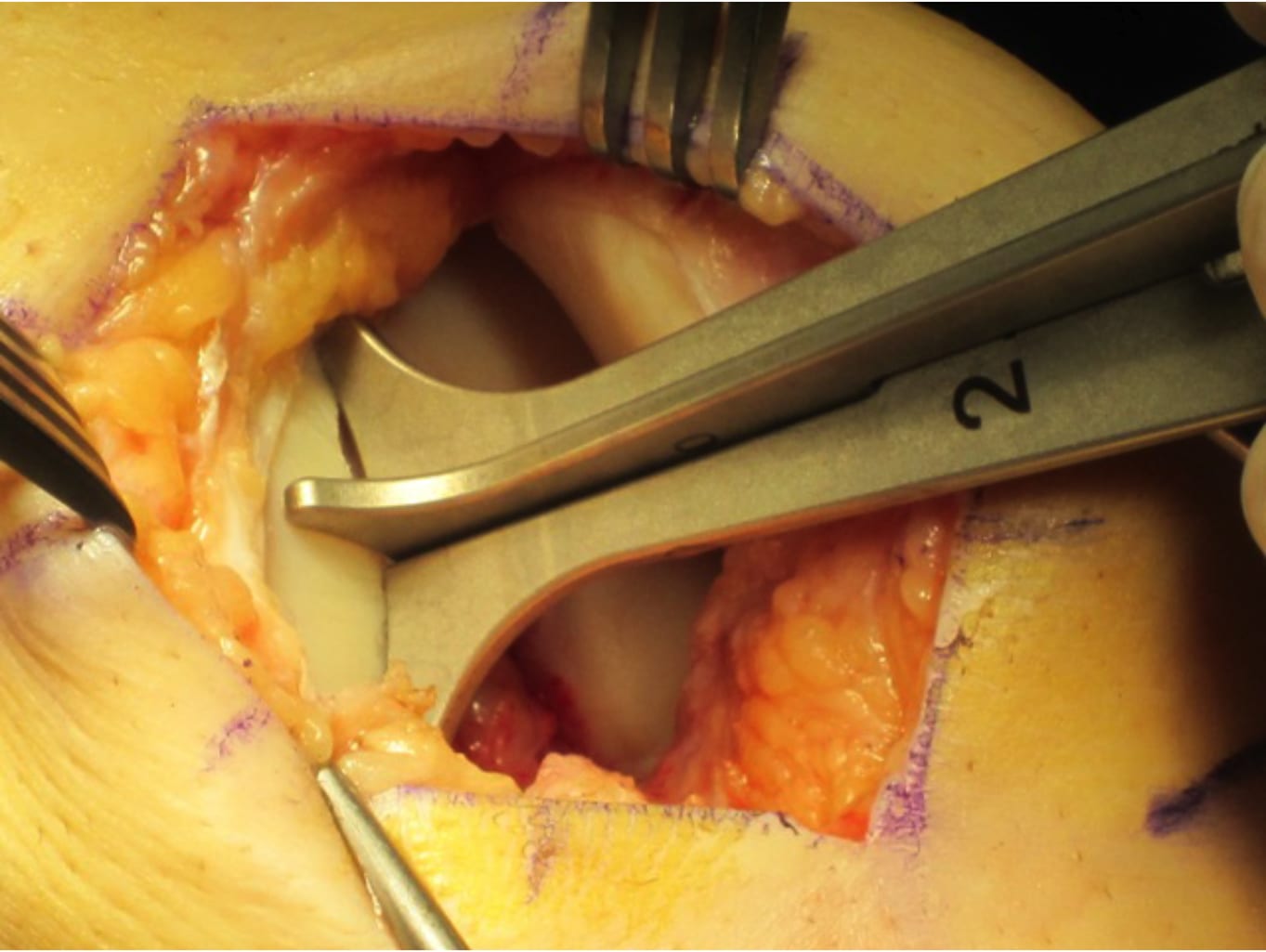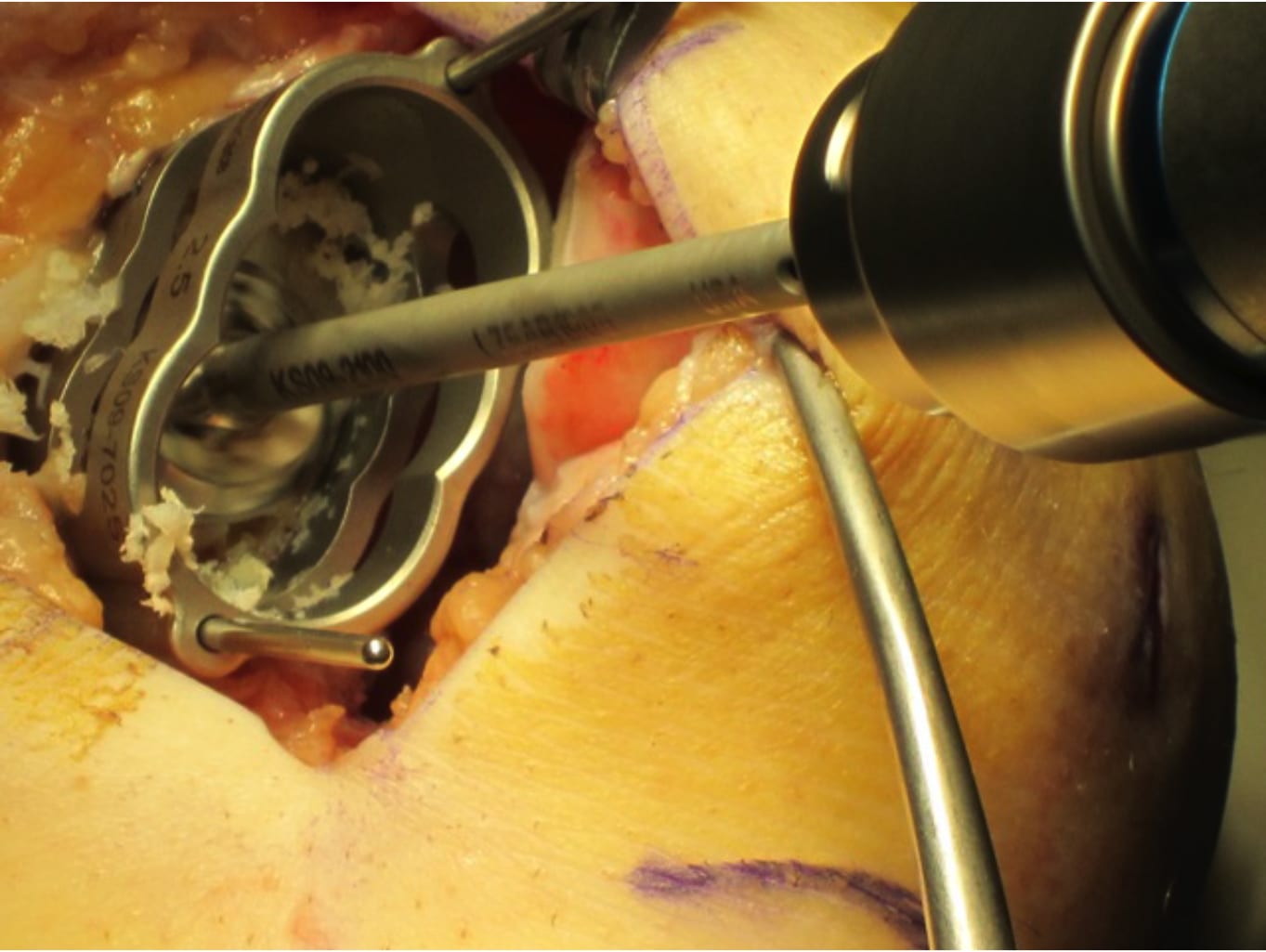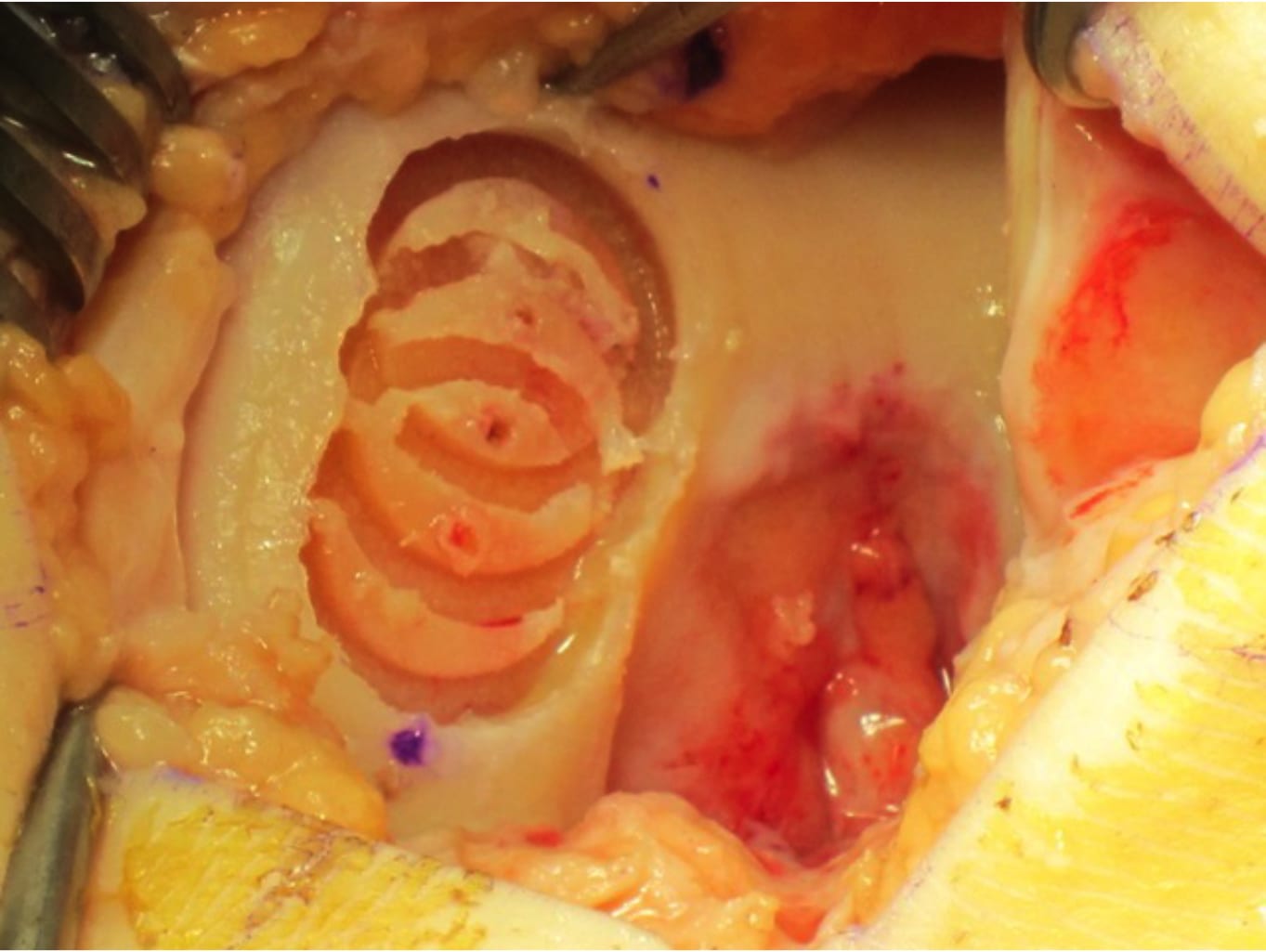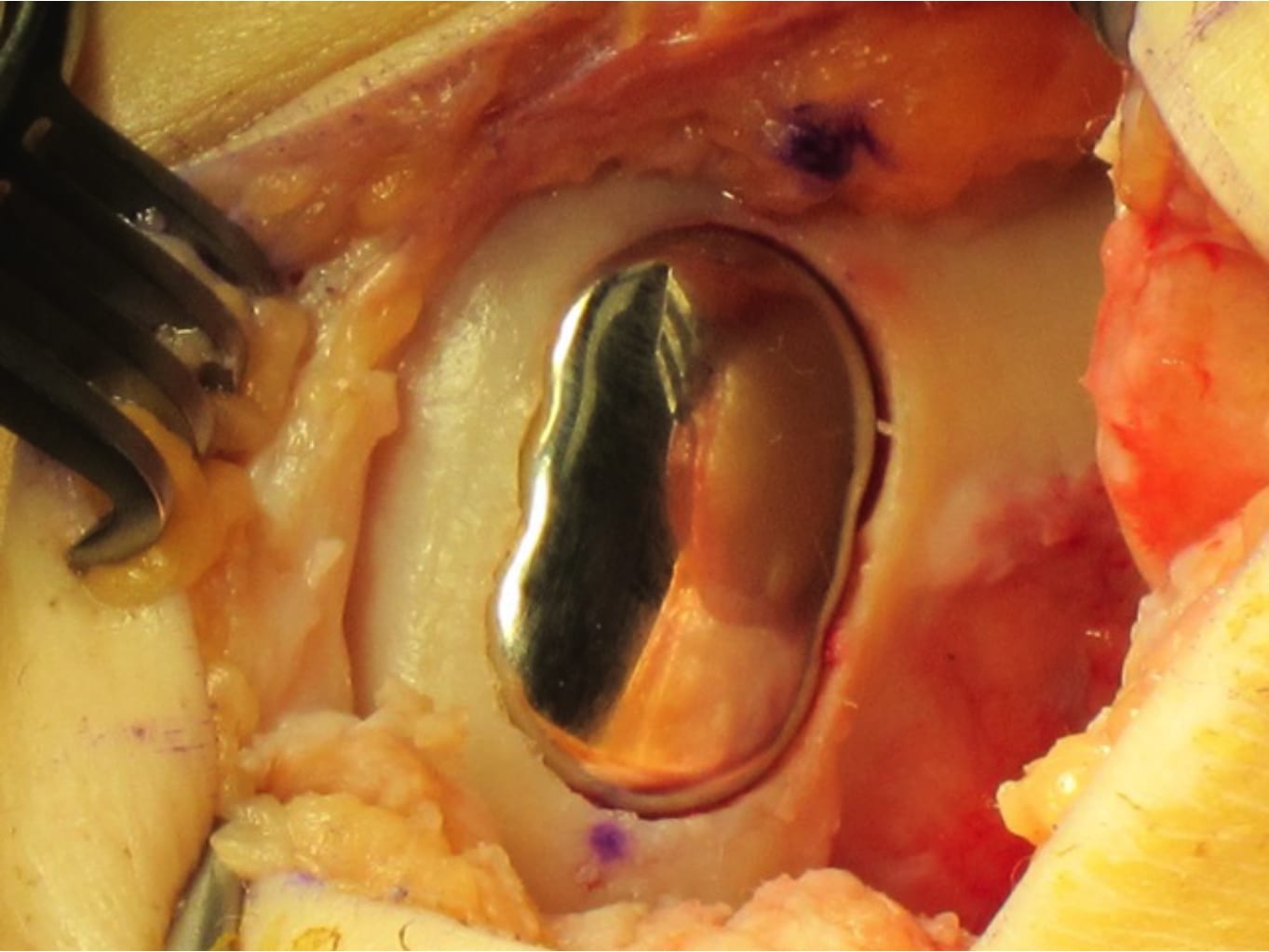Unicondylar Implants
Unicondylar Implants
The Unicompartmental Knee Arthroplasty System (UniCAP® & UniCAP® Small) is the only Uni Implant in the world that allows the meniscus to remain intact. This system restores the unique articular surface geometry of the compartment by using an intraoperative 3-dimensional mapping system and contoured articular resurfacing implants. The UniCAP® systems are designed for the medial/lateral compartments and consists of 10 different femoral surface options and 6 inlay tibias. The instruments and techniques are identical for each joint so the procedure can be performed by the same surgeon on multiple joints with a minimal learning curve.
 UniCAP® technology was designed so patients can continue working and retain an active lifestyle without compromising future treatments.
UniCAP® technology was designed so patients can continue working and retain an active lifestyle without compromising future treatments.
- The anatomic curvatures and inlay tibia are designed to restore a natural moving joint by keeping the meniscus and surrounding ligament structures intact
- The procedure may be performed on outpatient basis
- UniCAP® allows for preservation of bone and soft tissues
- Maintains existing joint biomechanics thereby allowing normal motion
- Patients are experiencing a rapid return to activity for both work and exercise
- Little to no activity restrictions making the Arthrosurface® implants an active alternative to knee replacement
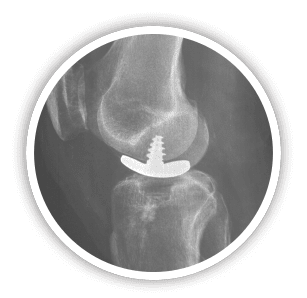
- Surface implants maintain existing biomechanics and proprioception
- Only tibial component that preserves the meniscus
- Designed for patients with localized damage who want to resume an active lifestyle
- Inlay components preserve the joint, maintaining future options: “no bridges burned”
- One tray for the femoral side and one tray for the Tibial side with simple, reproducible technique and instrumentation
- Little to no activity restrictions making the Arthrosurface® implants an active alternative to knee replacement
The fit achieved using the precision instrumentation of either the UniCAP® or PF HemiCAP® system is a significant improvement over existing joint replacement products. Arthrosurface® fits the implant to the patient at the time of surgery. Arthrosurface® restores the native joint biomechanics and preserves bone and tissue that is typically removed with total joint replacement systems. By leaving all supporting tissues intact, proprioception is maintained. Our goal with the UniCAP® or PF HemiCAP® system is to restore normal joint function by preserving native anatomy and resurfacing only the damaged surfaces in the knee. 

- Intuitive, universal, reproducible procedure across multiple joints
- Minimally invasive procedure can be performed on an outpatient basis
- ACL may be reconstructed or a realignment osteotomy performed in conjunction with the UniCAP® implantation
- Maintains soft-tissue envelope and native joint mechanics
- The two components are connected together via morse taper, with zero reported loosening
- Preserves meniscus and skeletal anatomy allowing a future total joint replacement
 The UniCAP® implant system is comprised of a two part articular cap and a fixation component, as well as a cemented poly tibia. The instruments are designed and organized in the order of surgery, proceeding from left to right and top to bottom. The tibia is prepared first under arthroscopy. Templates are used to determine the right surface curvature for the tibia. The inlay socket is then created by using a retrograde cutter and guidance system. An arthrotomy is performed to access the distal femur and a guide is used to place a guide-wire perpendicular. The procedure continues with the reaming of three overlapping circles using the appropriately curved template. After, the screw is then prepared through the trial which allows you to set the screw perpendicular to the articular implant. Once the recessed fit is confirmed, cement is placed in the tibial tunnel and on the femoral component with both implants set into the reamed sockets.
The UniCAP® implant system is comprised of a two part articular cap and a fixation component, as well as a cemented poly tibia. The instruments are designed and organized in the order of surgery, proceeding from left to right and top to bottom. The tibia is prepared first under arthroscopy. Templates are used to determine the right surface curvature for the tibia. The inlay socket is then created by using a retrograde cutter and guidance system. An arthrotomy is performed to access the distal femur and a guide is used to place a guide-wire perpendicular. The procedure continues with the reaming of three overlapping circles using the appropriately curved template. After, the screw is then prepared through the trial which allows you to set the screw perpendicular to the articular implant. Once the recessed fit is confirmed, cement is placed in the tibial tunnel and on the femoral component with both implants set into the reamed sockets.


